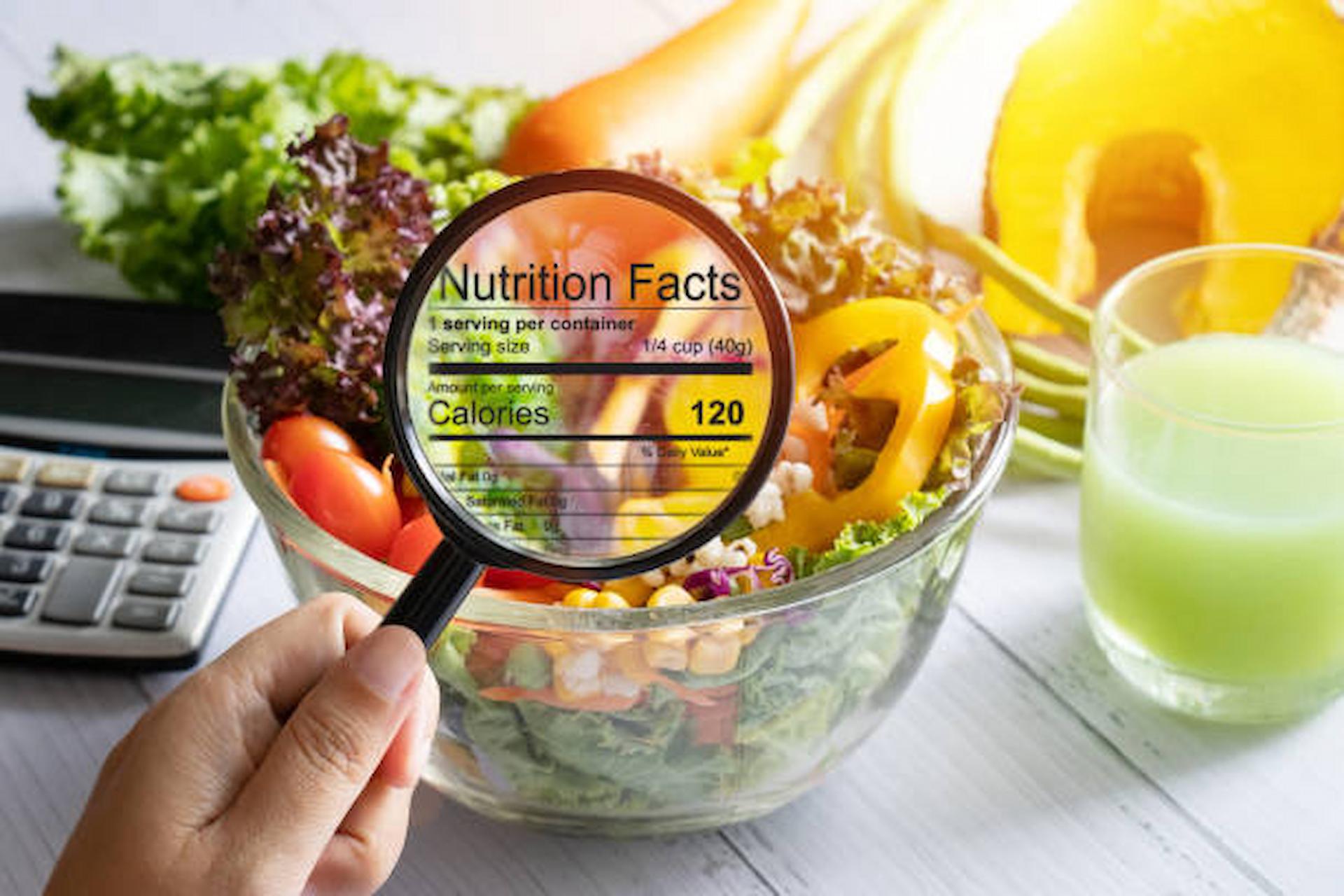Food labels can be confusing and overwhelming, especially for those who are trying to make healthier food choices. With so many terms and numbers on the label, it can be difficult to determine the nutritional value of a food product. Understanding food labels and the information they contain is essential for making informed decisions about our food choices. By decoding the nutritional information on food labels, we can make healthier food choices and improve our overall health. In this article, we will explore the key elements of food labels and how to understand the nutritional information they contain.
Key Elements Of Food Labels In Order To Decoding Nutritional Information For Better Health
Food labels can be overwhelming and difficult to understand, but they are an important tool for making informed decisions about what we eat.
1. Understanding Serving Sizes:
The serving size listed on a food label is the amount that is typically consumed in one sitting. It is important to pay attention to serving sizes when evaluating the nutritional information on a food label, as eating multiple servings can significantly impact the total calorie and nutrient intake.
2. Decoding The Nutritional Facts Panel:
The nutritional facts panel lists the number of nutrients, such as calories, fat, protein, and carbohydrates, in a serving of the food. This information can help us make informed decisions about what we eat, as well as monitor our nutrient intake.
3. Reading Ingredients Lists:
Ingredients lists can be found on most food packaging and provide information about the components of food. Understanding ingredient lists is important as it helps you identify additives and preservatives that may not be good for your health.
4. Making Informed Choices:
By understanding the basics of nutritional information, you can make informed choices about the foods you eat. By focusing on foods that are high in nutrients and low in additives and preservatives, you can improve your overall health and reduce your risk of chronic diseases.
5. Understanding Daily Values:
The daily values listed on a food label represent the recommended intake of various nutrients for a healthy diet. This information can help us determine if a food is high or low in a particular nutrient, and make informed decisions about what we eat.
6. Identifying Health Claims On Food Labels:
Food labels may contain health claims, such as “low-fat” or “high in fibre,” which can be misleading. It is important to evaluate these claims in context with the overall nutritional information, as well as consider other factors, such as portion size when making food choices.
7. Identifying Key Nutrients:
Key nutrients to look for on the nutrition facts label include vitamins, minerals, and antioxidants. These nutrients play an important role in maintaining good health and preventing chronic diseases.
Conclusion:
Food labels are an important tool for making informed decisions about what we eat. Understanding serving sizes, decoding the nutritional facts panel, understanding daily values, and identifying health claims on food labels can help us make better food choices and maintain a healthy diet. By taking the time to understand food labels, we can empower ourselves to make informed decisions about our health and wellness.





